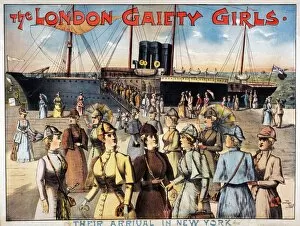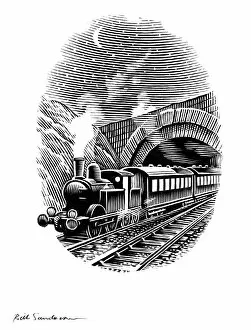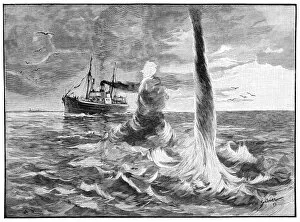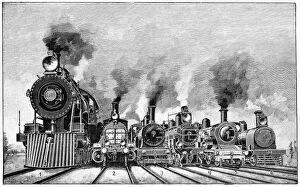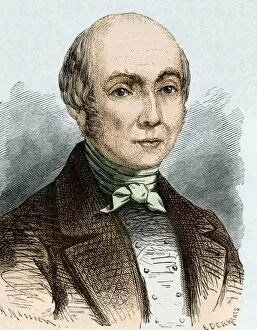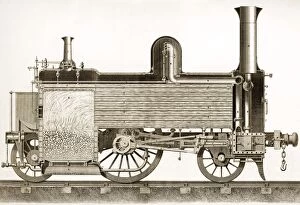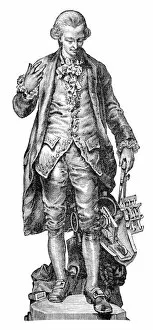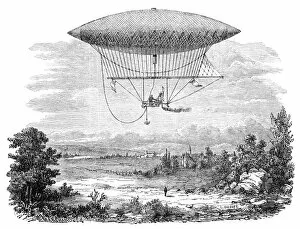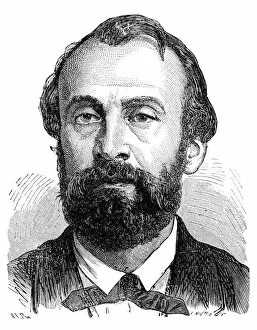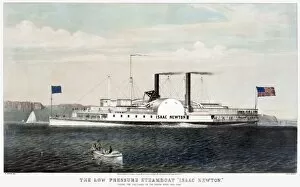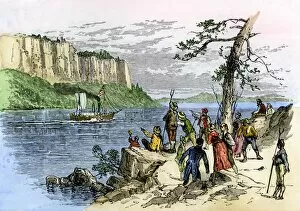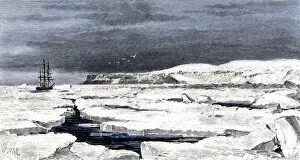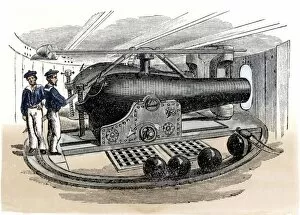Steam Power Collection (page 17)
"Unleashing the Power of Steam: A Journey through Time and Innovation" Step back in time to 19th century England
For sale as Licensed Images
Choose your image, Select your licence and Download the media
"Unleashing the Power of Steam: A Journey through Time and Innovation" Step back in time to 19th century England, where the birthplace revolutionized transportation and industry. The iconic steam engine, a symbol of progress and ingenuity, propelled the United Kingdom into a new era. In October 1829, the Rainhill Trials showcased the incredible potential of steam engines. Engineers from all over Europe gathered to witness this groundbreaking event that would shape the future of locomotion forever. Across the country, marvels like the Manchester Ship Canal emerged in this era. Constructed during the 19th century, it connected Manchester to Liverpool and facilitated trade on an unprecedented scale – all thanks to steam-powered vessels. Venturing beyond England's borders, we find ourselves in Dorset at The Great Dorset Steam Fair. This annual spectacle celebrates our industrial heritage with magnificent displays of vintage machinery that once powered farms and factories alike. But let us not forget those who dared to conquer vast oceans using steam power. In 1819, history was made as a steamship successfully completed its first Atlantic crossing – marking a turning point for global travel and communication. Closer to home on Ohio River's Marietta in the 1870s, another chapter unfolded as paddlewheelers navigated these waters with ease – showcasing how steam power brought prosperity along America's waterways. Meanwhile, across New York State in 1831 came yet another milestone: Mohawk and Hudson Railroad became one of America's first successful railway systems driven by powerful locomotives fueled by none other than steam. The innovation did not stop there; Bristol introduced us to Fairbairn Steam Crane - an engineering marvel that transformed heavy lifting operations across industries worldwide. As we fast forward through time to Albany & Buffalo Railroad schedule from 1843 or witness workers cheering California’s first train traversing mountains – it becomes evident how essential steam power was in shaping the American landscape.

